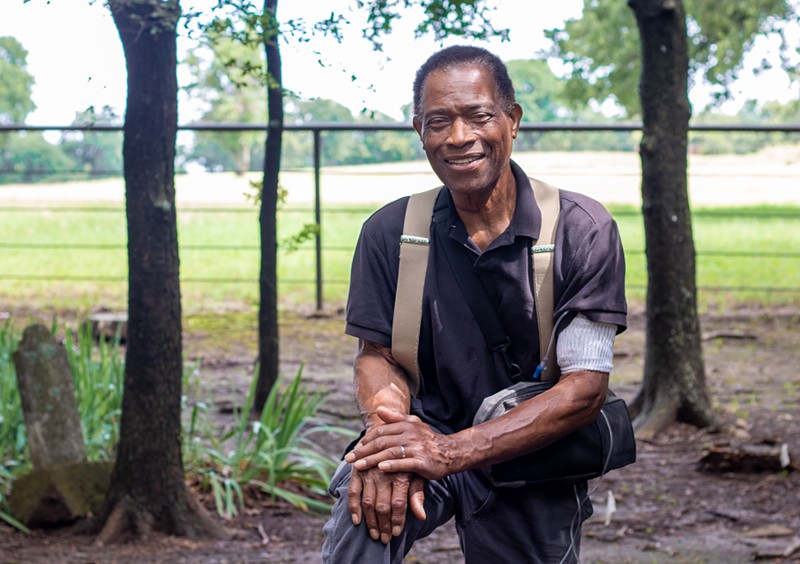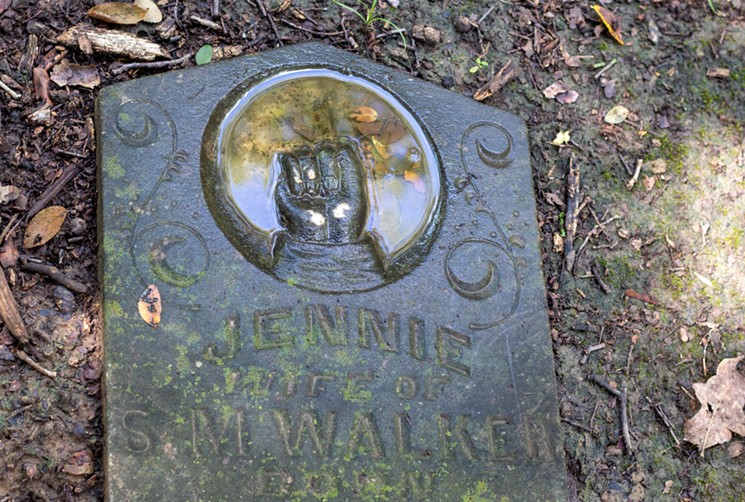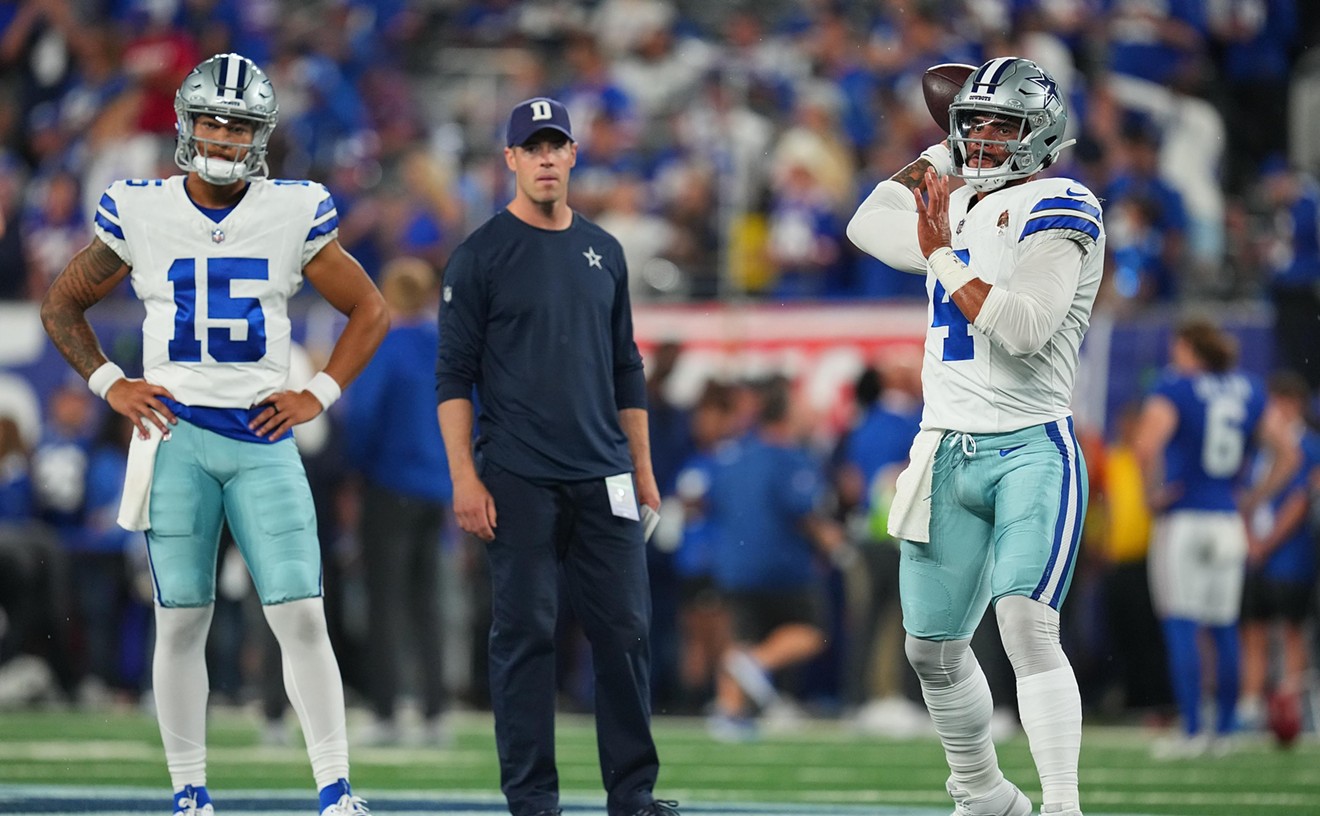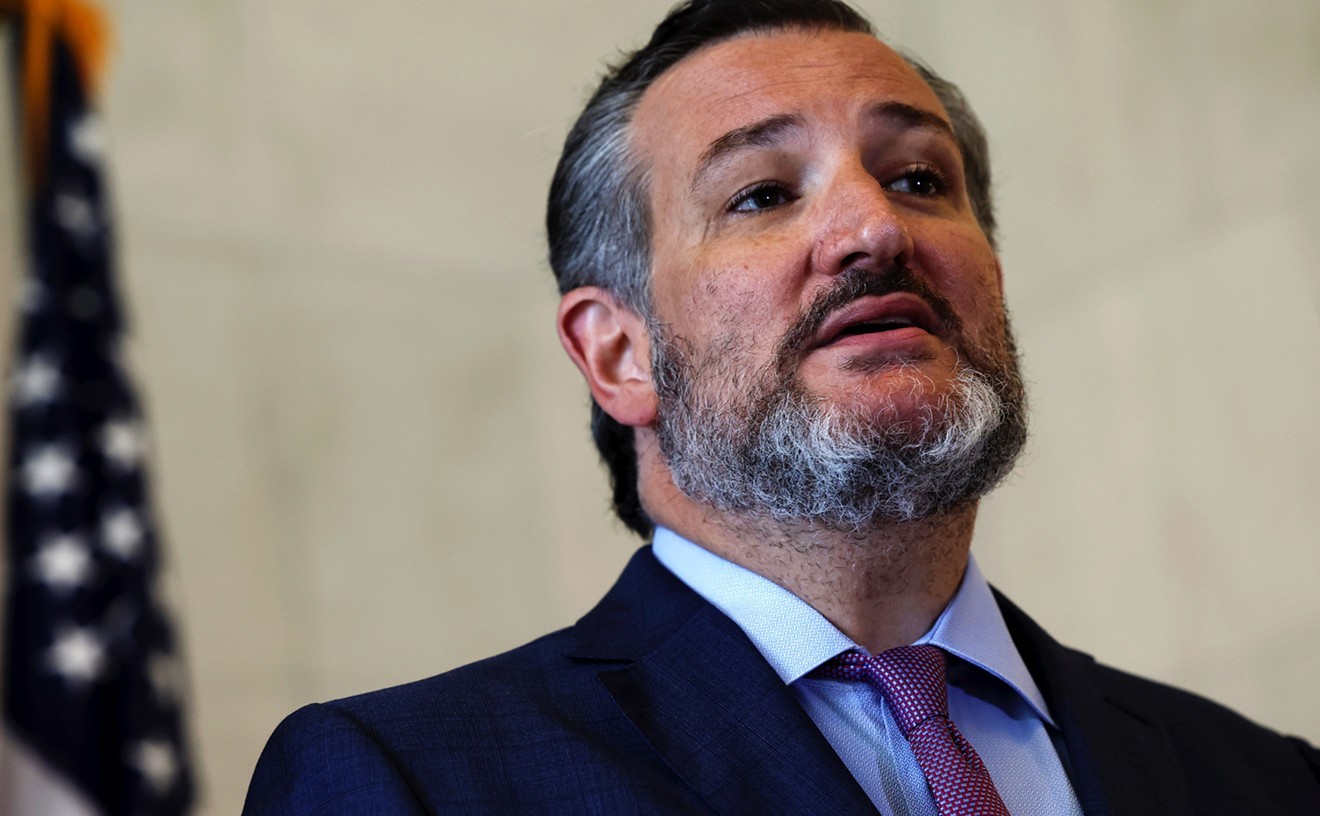The longtime activist was trekking down a country road in search of a freedman’s cemetery in Pilot Point, a small town north of Denton. But over time, nature had run its course. Grass and weeds blanketed some 400 graves of St. John’s Cemetery, the final resting place for a community composed of freed slaves. Before a fence was installed, cattle would occasionally roam through the wooded grounds.
But on that day several years back, Hudspeth encountered a caretaker on the gravel road. Upon spotting his vehicle, she assumed he may be yet another high-school kid out to steal headstones. She held a .45 pistol behind the door of her truck.
Hudspeth laughs when he tells the story, explaining how the caretaker soon relaxed and showed him the way to St. John’s. Looking back on it now, the 75-year-old civil rights activist and local NAACP president is amazed he was able to find the overgrown site, largely forgotten. Ask him, and he’ll say it’s divine providence.
“I don’t know how in the world we found this. I don’t know how we found her, I don’t know how we found the road to turn on. Nothing,” he said. “But that’s how we actually found it, and then I got her permission to come out and do some work out here whenever I could.”
Soon, instead of going to church, Hudspeth would dutifully arrive on Sunday afternoons to clean up St. John’s. He felt compelled to: Much like many of the buried, chunks of his own family history have been lost to time.
“I don’t know where in the heck I came from; I’m just guessing,” Hudspeth said, standing beneath the thick shaded canopy of St. John’s, slivers of sunlight dancing on his face. “But I know I gravitate to this area here, and I’ll claim it as mine, where I started, just to give me that sense of belonging.”
For more than two decades, Hudspeth also led weekly demonstrations calling for the removal of a Confederate monument outside the Denton County courthouse. Before it was removed last summer, he’d squeeze in protesting and cleaning up St. John’s on the same day.
Now, instead of tall green weeds, utility flags spot the wooded field, little purple squares hovering atop the rich brown soil. These mark where Hudspeth believes there could be bodies, 80 of which are likely to be children.
The push to clean up the cemetery gained momentum around 2016 after getting some media coverage. Hudspeth has some volunteers who come out to help him each week, but the number ranges depending on the day. Sometimes it’s 20. Others it’s six.
Five years ago, the Denton County Commissioners voted to restore and maintain the cemetery, keeping up with the grass and trees and clearing the area of trash. But before long, Hudspeth said the county stopped pouring as many resources into the project.
It’s difficult to properly clean the site when it’s unclear exactly where all the bodies are, Hudspeth said, but there are some signs. Many graves that don’t have traditional headstones are instead marked by large rocks. Irises were also planted atop many of the dead."I'm going to be that person who remembers these people." – Activist Willie Hudspeth
tweet this
But Hudspeth believes the county is sitting on funds that could be used to acquire equipment that would detect human remains. It would make his job a whole lot easier.
“Main thing: Show us where the bodies are,” Hudspeth said. “We’ll deal with the rest of it, but … look underneath this earth and find those bodies.”
St. John’s Cemetery was part of a freedman’s community founded by emancipated slaves in the 1880s, said Todd Moye, a University of North Texas history professor. It was connected to a Baptist church, which was also called St. John’s, and the freedman’s community built ties with others in Dallas and Tarrant counties.
Those who lived in the St. John’s community weren’t especially prosperous, Moye said. They were all farmers and small landowners or sharecroppers, and it was one of hundreds or maybe thousands of similar communities dotting the map of Texas.
St. John’s was active until 1930 or so — around the time of the Great Depression — and it’s believed residents may have left to pursue economic opportunities in the cities. Another possibility, although difficult to nail down, is that they evacuated after a local spike in Ku Klux Klan activity.
Although there were occasional efforts to keep up with the cemetery, it fell further and further into disrepair as the decades dragged on, Moye said, but Hudspeth’s push drew attention to it once more.
Several years ago, Moye helped lead a team of students in collecting data about the people buried at St. John’s. They created an online museum and archive with historic photos, burial records and some biographies of major community members.
The project is an interesting look into a group of “entirely ordinary people whom history either ignores or tends to forget,” Moye said, adding he’s proud of the students’ work.
“They just approached these people as though they were human beings with dignity whose stories deserve to be remembered and deserve to be told,” he said. “And they were able to put together, I think, really, really compelling stories that do justice to them.”
Despite some setbacks, Hudspeth remains motivated to restore the cemetery. It’s important for African Americans, who are often left guessing about their family lineage, to understand where they came from. The way Hudspeth sees it, knowing where one’s family rests gives a person a solid foundation and sense of belonging.
No matter the number of helpers he gets each week, Hudspeth plans to continue tending to the grounds. On Sundays, he’ll show up with a rake and replace any worn-out purple utility flags with new ones. He’ll work carefully so as not to disturb any of the cemetery’s inhabitants — long gone, but not forgotten, he hopes.
“I need somebody to remember I was here, that I mattered. I hope somebody remembers, so that’s the way I felt,” Hudspeth said. “I’m going to be that person who remembers these people, and I know God smiles on that. He smiles on it.”














